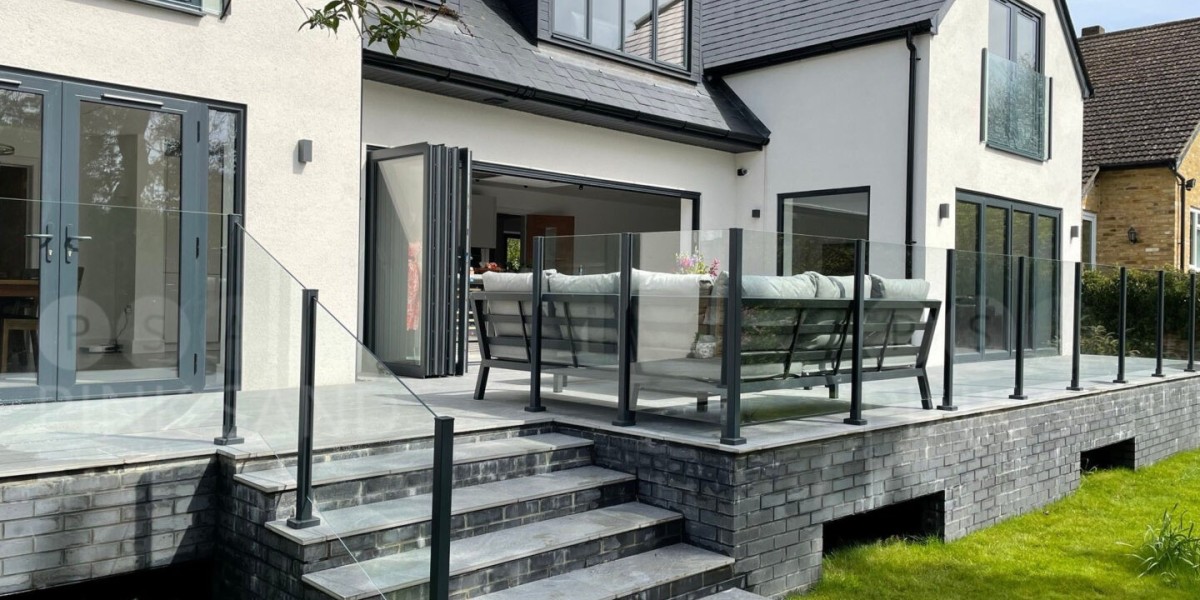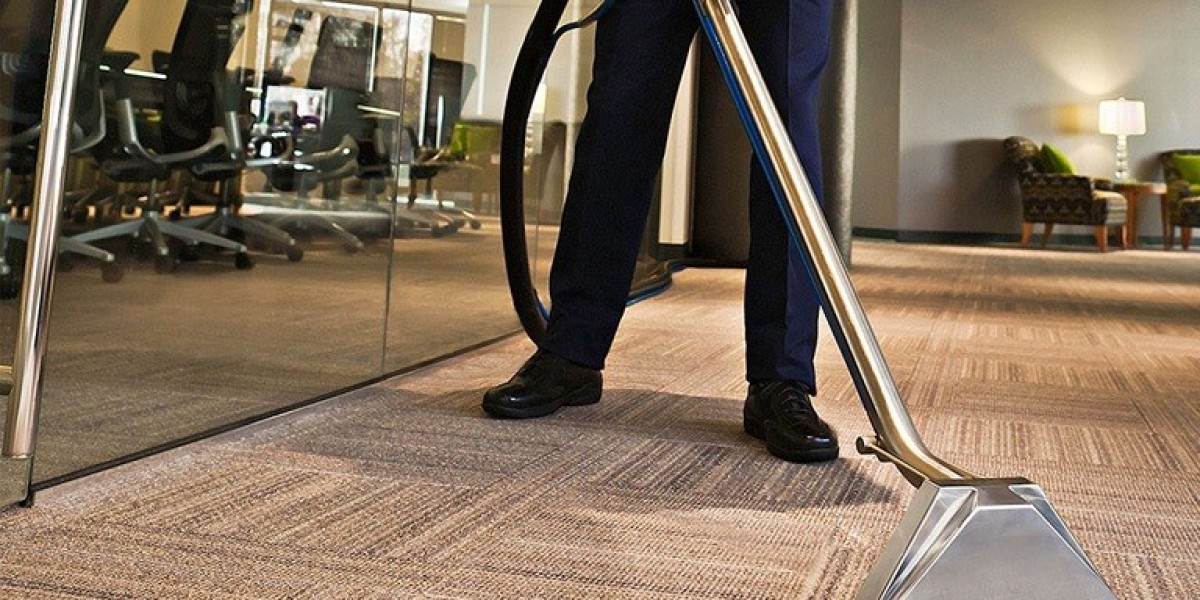Here’s how to uncover affordable homes in your area and make homeownership more attainable.
1. Define “Affordable” Based on Your Budget
Before you start searching, figure out what affordable means for you.
? Use the 28/36 rule:
Spend no more than 28% of your monthly income on housing
Keep total debt payments under 36%
? Consider ALL costs:
Mortgage payment
Property taxes
Insurance
Utilities and maintenance
? Use an online mortgage calculator to set your price range.
2. Look at Emerging or Underrated Neighborhoods
The “hot” areas usually come with high price tags. Instead, explore:
Up-and-coming neighborhoods on the edge of popular zones
Older suburbs with stable infrastructure
Cities or towns slightly farther out that are still commutable
? Tip: Watch for areas with new development, improving schools, or transit access—signs prices may rise later.
3. Use Online Real Estate Platforms
Make the most of listing sites with filters and alerts:
Zillow – Set price max filters, look for price drops
Redfin – Offers “hot homes” and market competitiveness data
Realtor.com – Offers affordability calculators and neighborhood insights
Local MLS or real estate agent websites
Turn on alerts so you’re notified as soon as homes in your price range hit the market.
4. Work With a Local Real Estate Agent
An experienced agent knows the market inside out and can help you:
Spot hidden gems
Learn about homes before they hit the market
Negotiate better deals
Access off-market properties and foreclosures
Many agents specialize in first-time buyers and budget-conscious clients, so don’t be afraid to ask!
5. Consider Foreclosures and Auctions
Distressed properties can offer steep discounts if you’re willing to put in work.
HUD homes
Foreclosed homes from banks
County tax auctions
? Warning: These properties are often sold as-is and may require repairs. Always get a professional inspection when possible.
6. Look for Smaller or Fixer-Upper Homes
Downsizing your expectations can open up more options:
Start with a starter home or townhome
Consider homes that need cosmetic updates, not major repairs
Look for places with good bones that you can improve over time
This approach builds equity while keeping the purchase price lower.
7. Take Advantage of First-Time Buyer Programs
Many cities and states offer programs that can reduce your upfront costs or help you qualify for homes in your area.
Down payment assistance
Reduced-interest loans
Grants or tax credits
Check local government and HUD resources to see what you qualify for.
8. Be Flexible With Your Timing
The real estate market has its ups and downs. Buying during the off-season (fall and winter) can give you more leverage and less competition.
Also, be ready to act fast when a good deal comes up—homes under market value don’t last long.
9. Ask About Seller Concessions
Sometimes you can afford more home if the seller agrees to help with:
Closing costs
Repairs or updates
Property taxes for the first year
A skilled agent can help you negotiate this into your offer.
Final Thoughts
Finding an affordable home takes time, strategy, and sometimes compromise—but it’s 100% doable. Focus on neighborhoods with potential, work with a trusted agent, and use every tool at your disposal.
With patience and preparation, your dream of owning a home that fits your budget can become a reality.
Important Links
How to Identify the Next Real Estate Boom Town
How to Use a 1031 Exchange for Real Estate
How to Flip Your First House Step-by-Step
How to Invest in Real Estate for Beginners
Types of Real Estate Properties to Buy
Dairy Farm Walk Condo Location
Dairy Farm Walk Condo New Launch
Dairy Farm Walk Condo Site Plan
Dairy Farm Walk Condo Floor Plans





